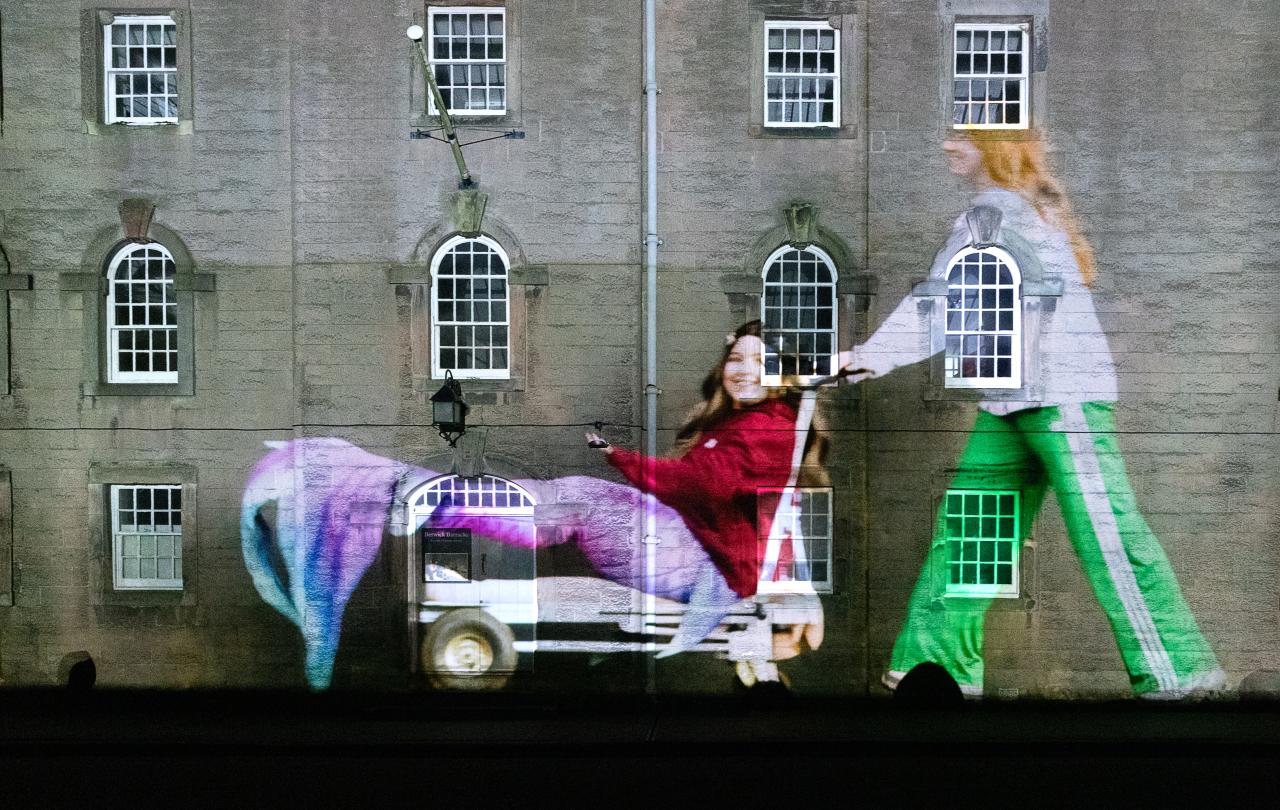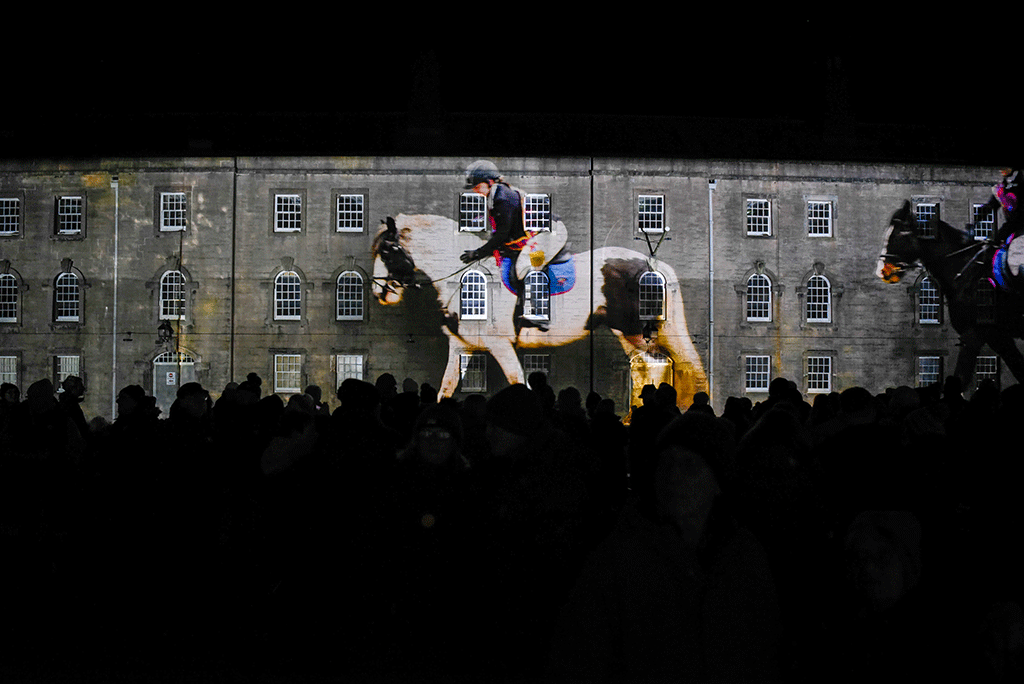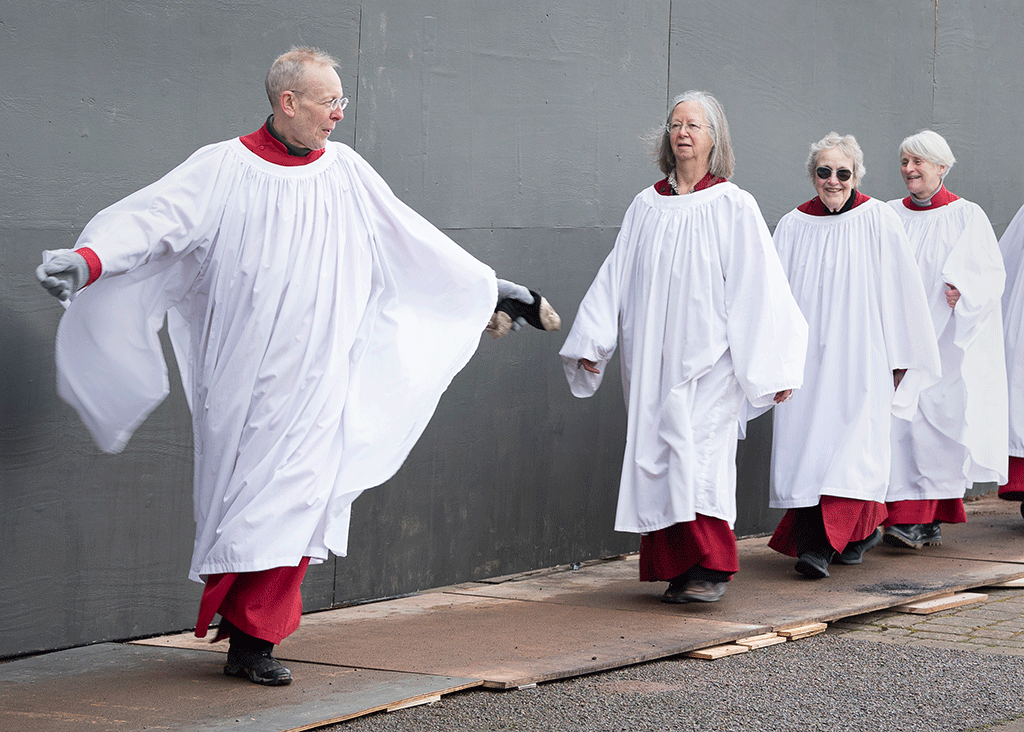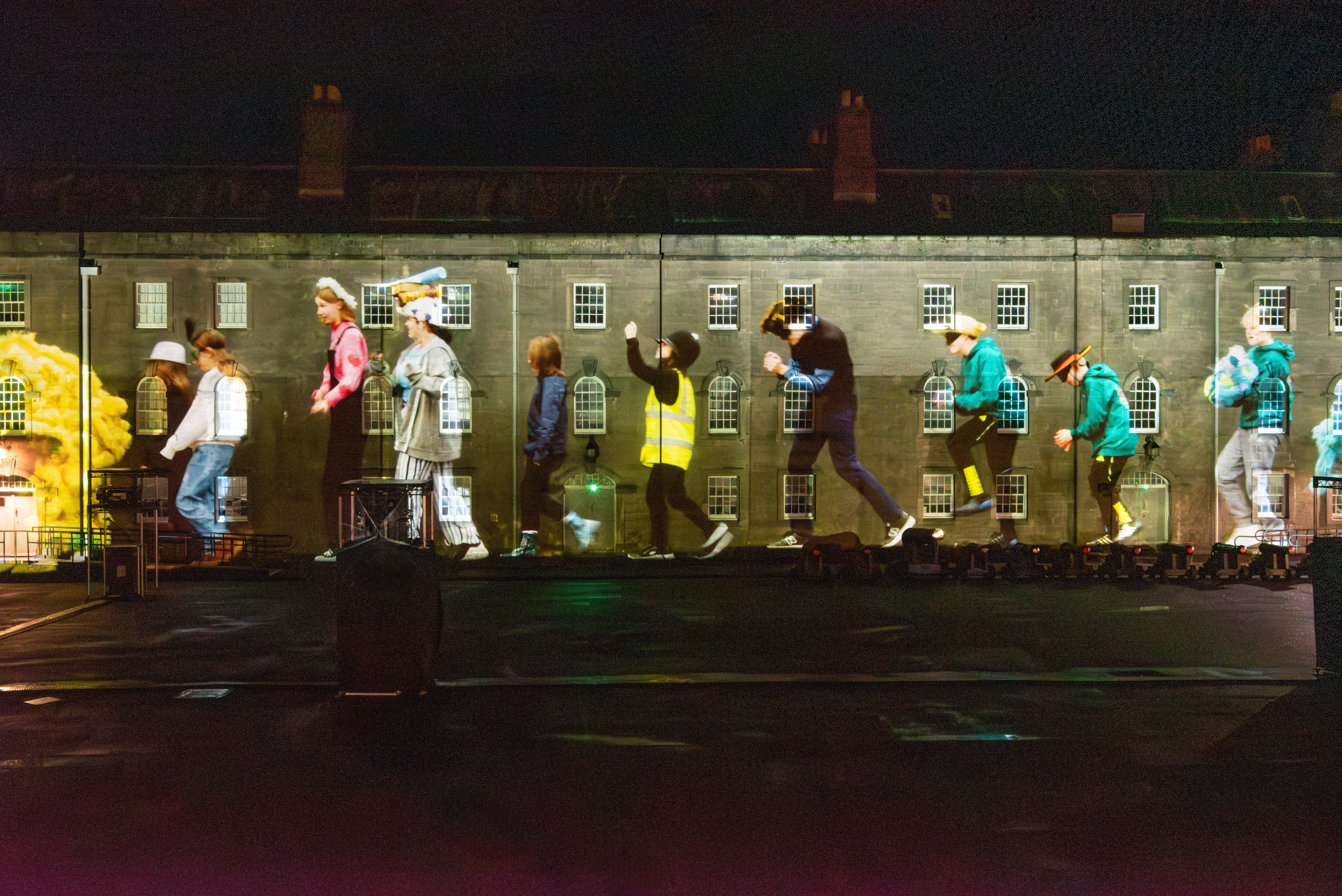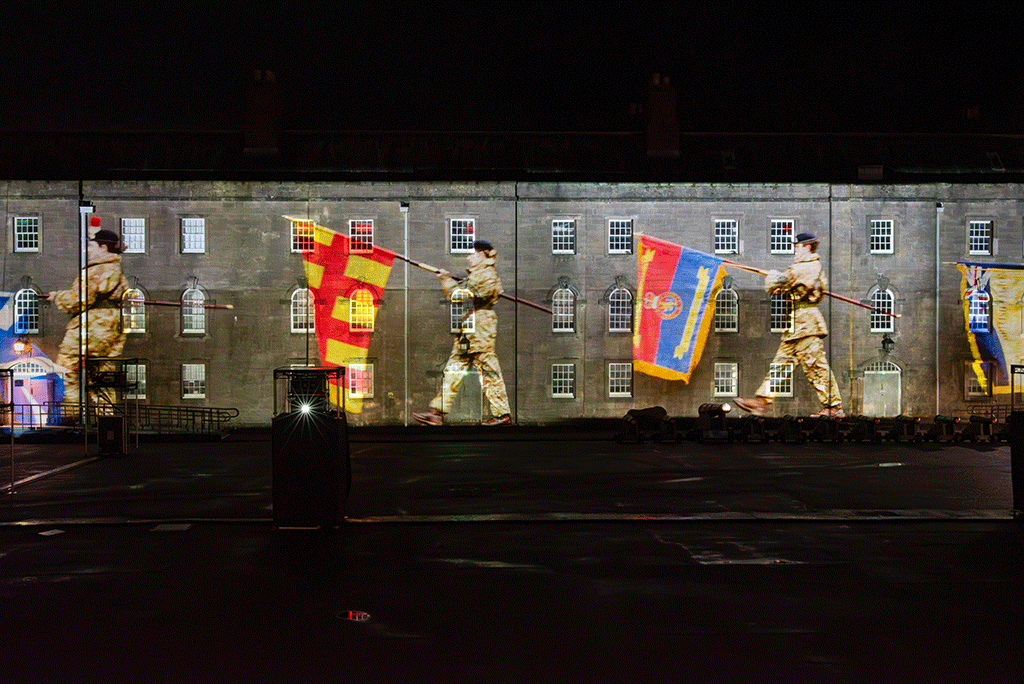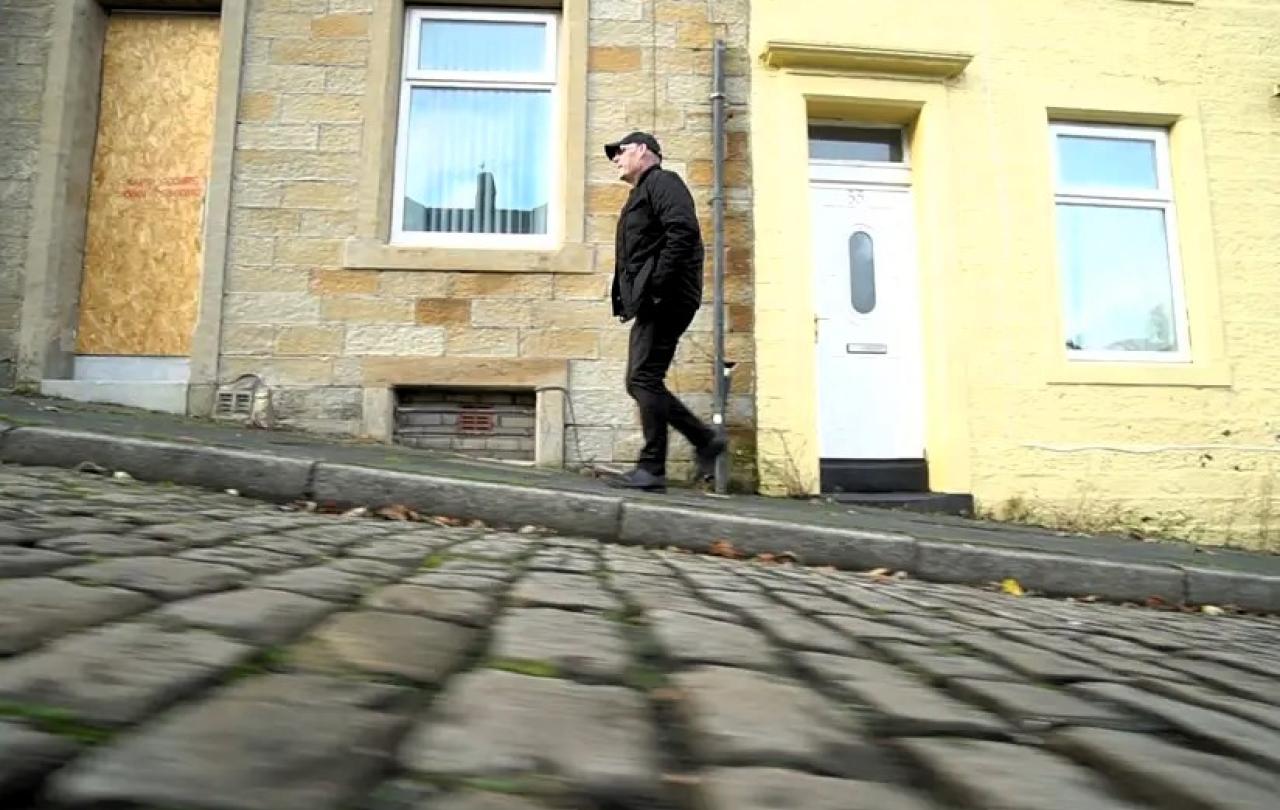Mick Fleming was first arrested at the age of nine. He’s been entangled in crime, addictions, and faced death just a few times. Yet he is now in recovery and is a pastor in his hometown of Burnley. He knows what it means to suffer. His new book Walk In My Shoes explores not just the suffering and pain he experienced but that of others he met on the way.
Jean Kabasomi sits down with him.
Jean Kabasomi: You write about your journey in your autobiography, your first book, Blown Away, which outlines your struggles and recovery. Now you’ve released this new book called Walk In My Shoes. Why did you write this book?
Mick Fleming: I came across so many inspirational people. I found something that was transformative from my pain. I didn't find it from just the good happy times, I just didn’t, and I was coming across people in my life for years and years and years that had had the same sort of pain that I had. I had learned how to tell them that things can change if you can stand this message that somebody gave to me.
I was becoming quite interested in why do people have to suffer and what is the end of suffering. Every person in the book I know personally, and I've journeyed with them one way or another. So, I wanted to write the book to say this,
“Look, it's not just me, listen. It's going to hurt. But, you know, there's something at the end. There's something, there's a way through.”
When I look around in the world, nobody wants to go through pain. They try to step around it. I came to this conclusion, that you can't, it's impossible to avoid pain. It's not possible. You're going to have to go through pain, everybody. A notion of faith that says, I can take you through the pain, was something that really stood out to me. And then I thought, how does pain turn to love? How is that possible? It's only when you share it.
And I kind of thought about this Jesus Christ fella who was on this cross, and I thought, wow, he shared his pain, and it turned to love, wow. So, the stories in the book are people sharing the pain and it's turned to love.
JK: One of the things I found was most striking about the book is the way you intertwine their stories with your own story. Is there a reason for wanting to do that?
MF: It was something profound for me. It didn't seem profound for me at the time. So, in the first story I find a guy who's unconscious, an addict. His legs are sticking out of these flower beds. I stopped my car. I had someone in the car with me. As I jumped out and ran to see if this guy were alright, my friend came out behind me. I woke the guy up, and he had no shoes. He was really disappointed, because he was still alive. The guy was still alive, but he'd wanted to die, and I put my shoes on his feet. I wasn’t trying to be clever, it was just that he had no shoes.
I knew I could get back in my car and just drive home and put some new shoes on, because I've got four or five pairs of shoes. That was a real simple transaction. My passenger jumped back into the car, and he just burst into tears. It shocked me, so I asked,
“What's up? Are you alright?”
And he said, “I've never seen anything like that in my life.”
“What do you mean?”
“You giv’ ‘im your shoes?”
He then added, “It’s not just giving him your shoes. I don't know. Something has happened to me”.
That was the fact that we are intertwined together. All our stories are intertwined. So, the title, Walk In My Shoes are my literal shoes - an invitation, but also for me to walk in theirs, as well. Ultimately, if you can do that, and you're walking in a different pair of shoes altogether, aren't you? You're carrying your cross, basically.
JK: You and I are familiar with the expression carrying your cross. But what does that actually mean? What does that mean in layman's terms?
MF: So, for me, I'm going to suffer sometimes. Sometimes the load is going to be heavy. But it leads me to a place that's far better than where I have come from. And also, it means that I can't do that alone. I can't do that by myself. I kind of need God. I get courage, it isn't just from other people. The courage is something that's deep down inside me. It's like a spiritual thing, and that's what carrying a cross means to me.
JK: People who have had similar paths to you, might say that relating with people who are in those same positions might be triggering for them. How do you deal with triggering if there is any triggering?
If I'm talking to other people, there’s a term that [professionals] use, ‘being trauma informed’, so that you don't re-traumatise people deliberately, with the language that you use. So, I don't do that anyway.
But I for myself, personally, I'm not triggered by other people's pain or their suffering. I am sort of connected to it. I kind of like being connected to other people's pain, because I'm also connected to the joy as well when they come out of it. I love this saying, if you ever heard it, “You can't have an operation without a few scars.” So, I think for me personally I don't have any fear or reservations connecting with other people's pain. It doesn't traumatise me. It leads me to joy.
JK: Another story I found quite interesting was when you went into the private school. There's always a tendency for us to “other” people - these people aren't like me. How have you overcome your biases and what have you learned from that type of othering?
MF: I'm biased all the time because I come to the table with me. I used to hate rich people, that was as a Christian. I worked out it were because I had nowt.
I see my bias straight away because I allow myself to. You've got to allow yourself to see it. I ask myself questions. Am I trying to manipulate a person to get something? And if I am, what is it and why? What do I want from that person? But I believe that that is what set me free, and I believe that's a godly thing to do.
So, I don't pretend anymore. I've been in churches full of pretenders all my life. They don't know that they are pretending. I don't mean it's a deliberate act. I mean not prepared, or they don't understand how to look at their own motive and things. So that's how I deal with it. I look deeply within myself. I pray and I meditate, and I ask questions all the time, of myself.
I believe that this power lives in me. I believe it's in me. It's not a distant God that I can’t touch. He's actually with me and in me. Therefore, I go to that, to ask, and it gets revealed, and that's real. What a remarkable thing. My God lives in me. If you grasp that, then you can speak to and experience that.
JK: You feel that you're called to be passionate but not political if so, where does politics fit in?
MF: I was with Alistair Campbell last night. Alistair Campbell doesn't believe in God, and he has, maybe, a left-wing agenda that doesn’t line up with my moral Christianity at all, and I was asked the same question. I believe that politicians should be put under pressure by the people that have elected them - under pressure to speak truth.
Why is it, Mr MP that I'm going to visit a house where a dad's took his own life because he couldn't get adequate mental health support?
Why is it that I go to a house where the children haven’t been fed for two days because mum's run out of money?
Why is it that this family are being put out of the house and they're gonna have to go into bed and breakfast? That's going to cost you more than it would to write a debt off.
These are political questions. I don't believe I'm called to be a politician. I believe that I’m called to be a Christian activist for social justice and restorative justice. But I go beyond that. I don't just think I'm called to do that. I think every Christian should be called to do that.
JK: Outsiders looking in they may argue that the Church could do more in some of these areas. What can the Church do better, to be a better witness?
MF: I think take the blinkers off. Understand that the people are the Church. I think understand what the gospel is. Fully understand what the gospel is. If I put 10 drug addicts who are trying to find God but still using drugs in any church in the country, apart from this one, they'll shut your church down. They shut it down because they'll rob you. If that's how you're ministering, you need some lived experience. Lived experience by itself is not enough. It just isn't. It doesn't work. You're just creating a church full of people like yourself and that's an ego trip. That's not how it should be. So, I think the Church needs to look and understand who it's ministering to, who it wants to minister to, where it's called to be, rather than just open your doors and see what happens.
So, to any other church, do you know that you need the poor, more than they need you? And how does that make you feel? And do you believe that?
JK: In the book you said the Gospel makes the poor rich and the rich humble.
MF: Yeah, 100 per cent. It's a different way, isn't it? Go to the back of the queue and then turn around. Tell me what you see. It's a little bit like that. I think that is what the Church need to do.
JK: You said that both the haves and the have nots, rich and poor - pray, give and receive, but they all struggle to receive love. Can you talk a little bit more about that?
MF: My experience has been that you can tell people all day long where they're going wrong and they'll usually take it. They don't like it, but they'll take it. But when you tell them good things about themselves, especially broken people or people from addictive backgrounds or people who've gone through trauma, they just can't take it. They just can't receive the love. It's like they bat it off. If you can't receive that, are you truly receiving the love of God fully into your life and into your heart? I think people need help with that.
If I can't love myself, how can I love other people? I ask people this a lot, have you ever really felt loved? Really, just be honest. And a lot of people, the majority anyway, say no. I’ve never allowed [it]. I can give, give, give all day long, but it's far more difficult to receive. The gospel is about receiving because it comes from God, and he wants you to receive it.
I think that people use fairness as a measure. They can't help it. “It's not fair. That's unjust.” But fairness doesn't exist. It's a lie. And yet the world uses it to measure things by. Use love as a measure instead and you'll get a better answer to every question that you ask. Do I love that person? Can I be loved? Is it loving and kind to help that person? Or is it not? Not is it fair? I think that's at the crux of the message. The message in the Bible anyway. It's that kind of love. Christians and Muslims and everybody get behind something that doesn't even exist and use it as a measuring stick. Jesus didn't do that. He used love. We missed the point.
JK: You seem very rooted and fixed on what you're doing. You get invited to join different conversations and events like Prince William and Princess Catherine’s Carol Service. How do you stay focused? How do you not get distracted?
MF: Well, I don't have anything, so everything I have, I've given away. There's a mission which is to get this message out. Anything I do around things like that just seems to allow me to speak the message. I used to have really low self-esteem, and I used to think I wasn't worthy, like lots of people do. Or false pride, even. But I don't have that anymore.
I'm as good as anybody. There's nobody better than me. I'm the same. But it works the other way around as well. I really strongly believe that because I've got this God that lives inside me and he loves me that much. He wants me to go and show him off to other people and I'll go anywhere.
Bearing in mind, I also sit on the streets, and I go into prisons, hospitals and psychiatric units and lots of other things. But I've also got to go into palaces. Not very often and probably never again! I probably won't get invited back!
The stuff I do with the media always has a focus. I knock loads of stuff back. Someone wanted me to go on TV to talk about becoming a pastor after being a bad person, and there's somebody else who is a pastor that used to be a stripper. There's not much point doing it because why would I do that? Why do I need to put that on television? It's not going to change a social justice issue. It's not going to lead people to Christ. It was a sensationalist programme. So, I don't do that rubbish. Well, it's rubbish to me. I know it's not to other people.
To me there has to be a meaning and a reason for anything I'm doing. But also, we don't have any money. People support the work because they see what we do and the lives that get touched and get changed. So, I will do the stuff that shows the work that we do so that people can support us because, people are dying.
The biggest part of it, is this message transforms and it can transform anybody if they're willing to listen to it. Everybody goes where they feel God's put them. There's no way, I could put myself there. I can't put myself next to Prince William, can I? I'm just a lunatic, you know, a bald headed, ex-addict with sunglasses on. I can't make that happen. I can't put myself on BBC or ITV or get a bestselling book. I can't do that. I've only just learned how to properly read and write 10 years ago!
JK: Stepping right the way back, who would you say this book is for? Who did you have in your mind's eye when you were writing the book?
MF: I had my friend, the last story of the book. I had him in mind. I can tell you a little bit about him, but it's for people like him, would be the answer.
The last story of the book is called Just 2 Steps More. I took him through the 12 steps. He found God and his life transformed. He and his wife were emigrating to Australia. They were going to fly out on the Monday, and I said my farewells to him, put my arms around him and he said, “You'll have to come over.” And I said “Yeah, that's great.” And he rang me on the Friday and aid, “She's collapsed, can you come to the hospital?” I rushed to the hospital. The doctors and the nurse came and said “Oh, I'm sorry, there's nothing we can do for her. She's had a bleed on the brain and it's too big. I stayed. She was on life support, and they turned the life support machine off.
Now what I'm getting at is the story should have been that they all lived happily ever after, but they didn't. The book is for the ones where they didn't just all live happily ever after because that's a normal life, at one time or another for everybody. I wanted the book to be that. The book is for people that start to understand or who can tell that life isn't fair and don't judge life on fairness. In that instance the healing has come from the love that my friend has got from the tragedy. The people that have come round him and shared and he's sharing himself with other people. That is the transformation in him. So definitely the book is for people that didn't all live happily ever after.
JK: Did you get pushback from the publisher? Because when it ended abruptly like that, I was like, ‘Wow, the publisher allowed this?’
MF: Yeah, is the answer. I did. But I wanted it to finish there because it's real life. It's not a fairy tale. That story in particular, I wanted at the end because it's like, “What? Eh?” Because it makes you think it. It resonates and starts to make you think “Is that it?” But then the real question is, what's your “and they all lived happily ever after”? Because it won't be. It might be today because it was for my friend until something happened. And something will always happen. So, where's God when something happens? That was why I wanted to finish it there.
Walk In My Shoes is published by SPCK.
